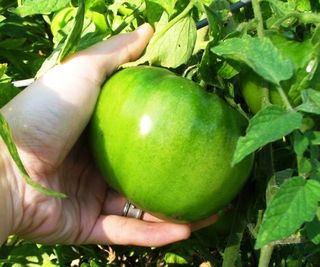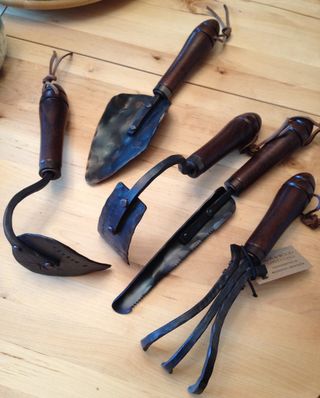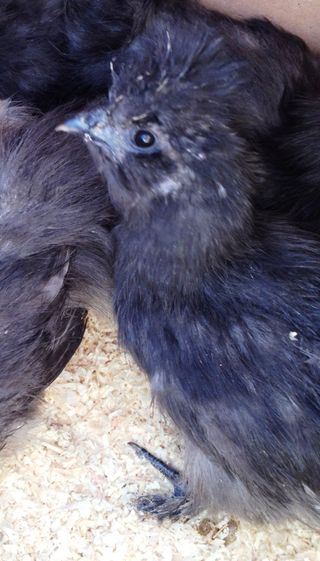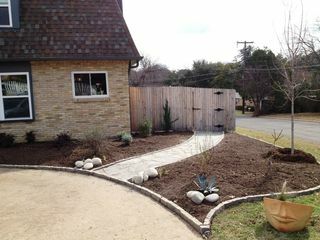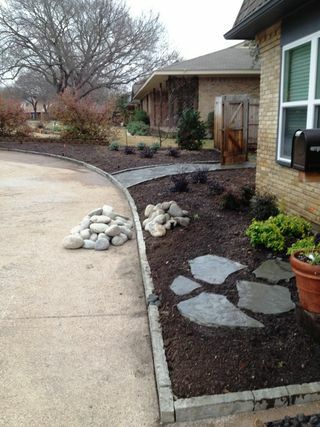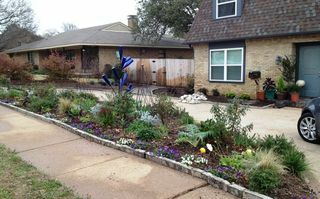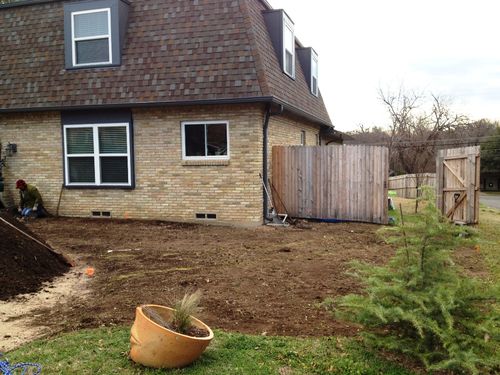What a week of chicken drama. Yes...chicken drama.
As I posted last week, I lost my favorite and oldest chicken, Phyllis the Polish hen, to a hawk attack. With the drought of last summer, there seems to be a lack of small prey to go around for the big birds of prey.
Early Sunday morning, I got a call from my store manager at the garden center...someone dropped off a box of 5 Silkie chicks on the doorstep...no food, no water, left overnight. SIGH. The box said 3-4 months, but I'm not sure they are quite that old. Of course, he wanted to see if I would take them...we can't keep them at the nursery (we're already full). How do I say no? Now, this was not what I was planning to do with what I thought was going to be my one precious day off...but back up to the garden center I went.

Now, back to that hawk that did Phyllis in. She's a beast...big and fast. Talons about the size of my hands. Just as I was getting ready to leave to go up to the garden center, I heard a pretty big ruckus outside...so I RAN. There was the hawk dive attacking my silver Wyandotte, Kim Deal, inside their run. I managed to get the hawk off and out without chicken in talons. What was left behind was a huge pile of chicken feathers and a traumatized Wyandotte. She let me pick her right up. After inspection, I realized she had a couple of big gashes down to the muscle, but no punctures through the body, that I could find. Not cool, but I was amazed she's survived at all. I treated her wounds with BlueKote...then decided she would need stitches or sealing. I opted to seal her wounds with super glue...yep, super glue. I watched her for a while then put her back in the coop. She eventually ate and drank a little, so at that point I figured I'd just have to wait and see. She seemed more energetic today, but I'll keep cleaning the wounds and may start her on antibiotics in a couple of days if there appears to be any sign of infection.
Back home I arrived a bit later with 5 baby Silkies to foster. It's hard to say no to baby silkies...I mean, how cute. Here's problem number 1: I don't have room for 5 more birds. I can probably hang on to two of them, but the other three would have to go. But here's problem number 2, the bigger problem with silkies: It's almost impossible to properly sex them...until they start crowing, or lay eggs. There are some physical characteristics that can lead you to assume male or female...but even then you can be proved wrong. Roosters are illegal in Dallas. So you see my dilemma. There is one buff chick that is significantly smaller than the rest, so there is a chance she is a she...but the rest could be boys.

I don't know if this person who abandoned these babies decided they just didn't want them or decided they are all boys...in which case it's now my problem-I'll have to raise them for months to get to a point where I'll figure this out for sure..then if I do find I'm stuck with 5 roosters, I'll be in violation of city code and be responsible for trying to find them all homes. Even worse, I'll be attached to them. NICE. Really? Really.
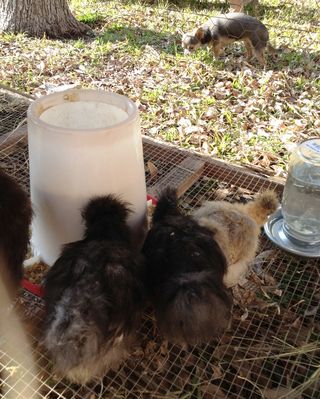
So I set the babies up in my small mobile coop with a heat emitter. They'd obviously never seen the outside before, and it took them about a day to figure out they could walk on the soil and learn how to scratch. So cute. Unfortunately, when I got up to check on them this morning one of the babies was showing obvious symptoms of bad respiratory distress. Sick baby chicks are not a good thing...it usually means they're on their way out of the world. And you have to separate them from the rest of the gang so whatever they have doesn't spread. So now the poor sick baby is in it's own box in the garage, but it's not doing great. I've treated it with VetRx to try and relieve some of the breathing problems, so we'll see how it's faring in the morning. I'm sure I'll work some kind of magic that enables it to pull through...and then it will turn out to be a rooster, LOL. This is how these things work.
We'll be covering the entire chicken yard with bird netting, in hopes of keeping the hawk out...hopefully, she'll move on or find herself otherwise occupied...she ain't takin' any more of my gals!
Whew....I'm tired.
